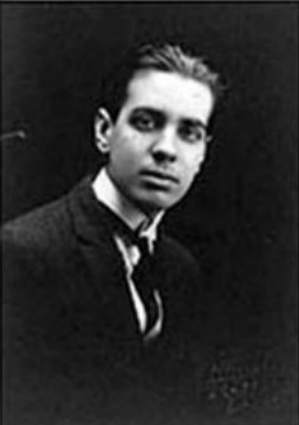Jorge Luis Borges: a universal Argentine
Jorge Luis Borges, an Argentine poet, essayist, and writer who was born on August 24, 1899, is widely regarded as one of the most influential writers of all time. The events recounted here occurred in his actual life.





